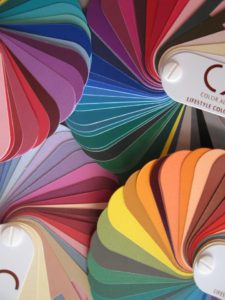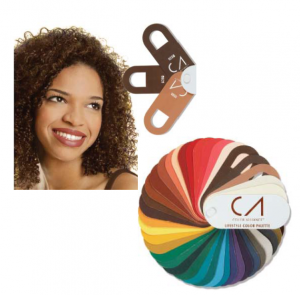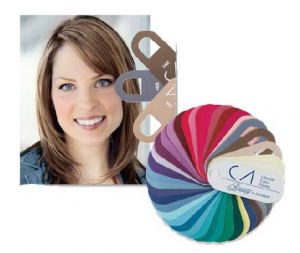 When we look around us, we see colour. When we describe something, we use colour. When we talk about our appearance, we mention colours. We don’t need to question the importance of colour in our daily lives, but instead we can acknowledge that colour can also do something for (or against!) us.
When we look around us, we see colour. When we describe something, we use colour. When we talk about our appearance, we mention colours. We don’t need to question the importance of colour in our daily lives, but instead we can acknowledge that colour can also do something for (or against!) us.
Colour analysis is based on the concept that certain colours go better together than others do. This is indeed not a new idea, but rather something that has been known to artists for countless years. If you place a colour next to another in a painting, you might get a more or less desireable effect depending on the colours in question. Certain colours bring out the life and vibrancy in some colours, whereas they might suck the life out of others. In the world of colour analysis, we wish to connect the colours of the individual to a set of colours that will bring out their best features and create a feeling of harmony. Maybe terracotta makes you look jaundiced, but blue red makes your skin look wonderful and your eyes twinkle like the night sky. By having your colours done, you remove the guesswork in the changing room and learn the very best colours that work both together and with your own colouring.
A colour analysis will also expand your visual colour dictionary. You will learn that green is not just green, but rather an umbrella term for lime, avocado, forest, moss, bottle, pine, and so forth. Knowing your best colours will not restrict you, but rather open up new possibilities that you might otherwise have discarded due to a preconceived idea that green isn’t your colour (maybe lime green isn’t your best, whereas blue-green looks wonderful). Knowing your best (and worst!) colours makes it easy and fun when shopping for clothes, accessories, cosmetics or even getting a new hair colour.
I’m trained in the system Color Alliance, which is based on the idea that all human colouring fits into four general categories named after the seasons (Spring, Summer, Autumn and Winter). Two of these are cool (bright/deep or muted) , whereas the other two are warm (bright or muted/earthy). What makes Color Alliance unique is that it further divides these four seasons into hundreds of subtypes. In addition to this, Color Alliance takes value and contrast into the equation (the client will be either light, true, vivid or contrasting), making millions of possible combinations. Your best colours is found by draping (trying on different colours to see the effects) and taking your skin, hair and eye coordinates to find your best match within your season. The result is a palette that is almost as unique as your fingerprint, containing 40 of your very best colours.


